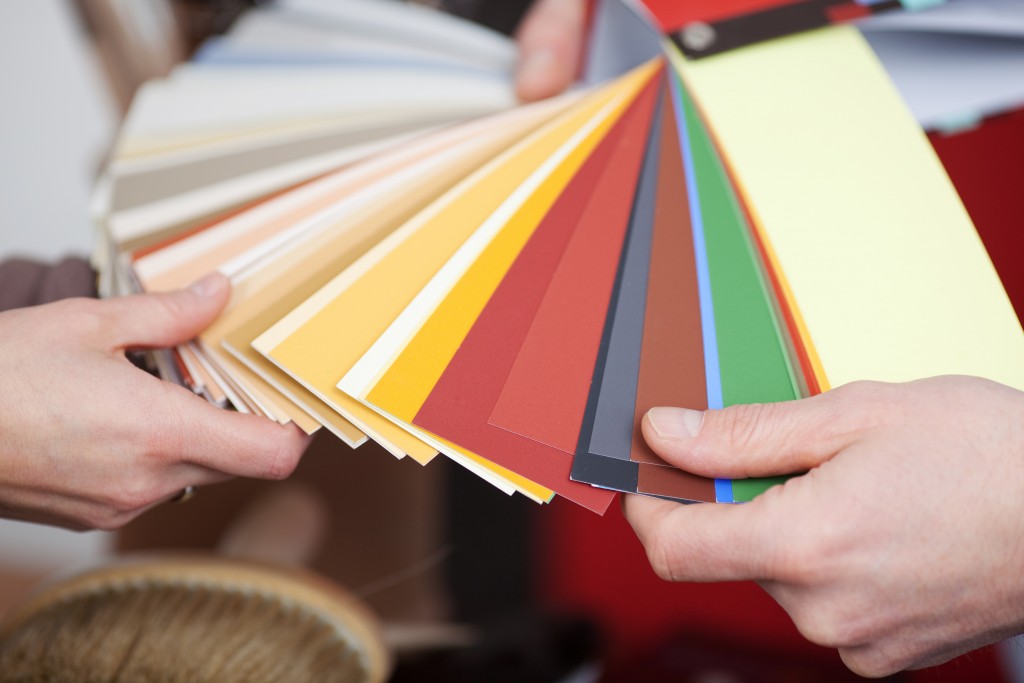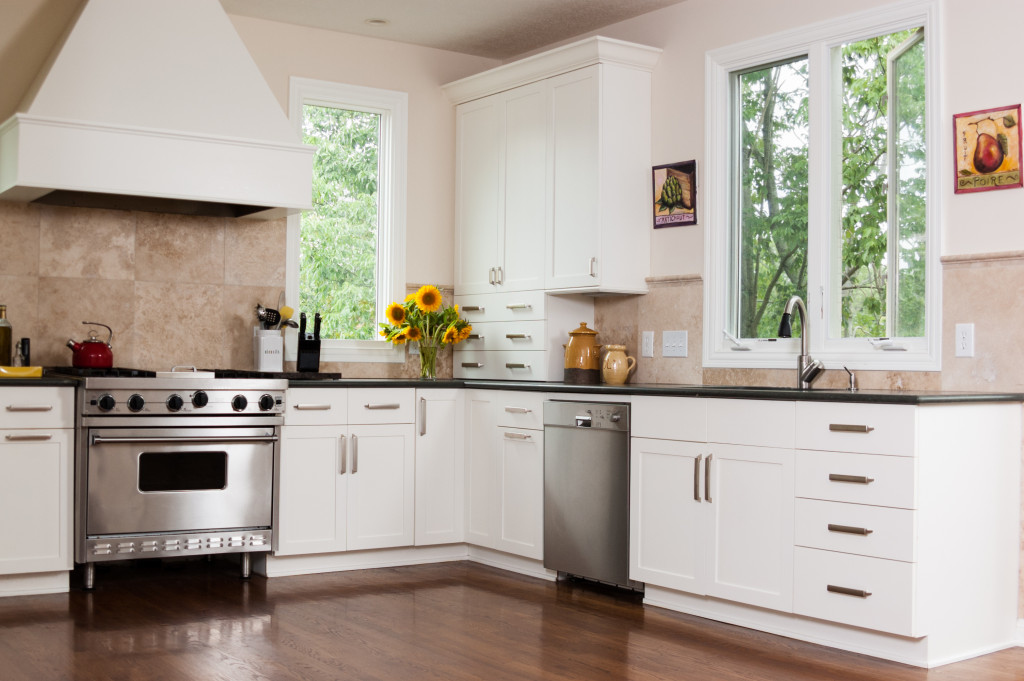In a consumerist society where there is an abundance of products to choose from, product design can help your brand standout. Good design attracts your target audience’s attention. It also adds value to your product. But it can’t just look appealing; it has to also communicate the purpose of your product and its function, and it must align with your brand.
A renowned German Industrial designer, Dieter Rams, shares his observations on what makes a good industrial product design. With his roots in the functionalist school of industrial design and his time working for Braun and Vitsœ, Rams knows which designs work best for users.
He developed the 10 principles of a good design, which enumerates what characteristics product designs should emulate.
The Ten Principles of Good Product Design
These 10 principles cover target audience, branding, and functionality.
1. Innovative
A good design is innovative. Technological advancements are new opportunities to develop innovative product designs.
2. Useful
Your customer bought your product for their use, which means that the design of your product should not interfere with its usability. It has to appear and be functional.
3. Aesthetic
Despite functionality being the main component of a product design, it should still appeal to the target market. The aesthetic quality of the product is integral to its function. The aesthetic value of a product allows it to standout from its competitors in the market.
4. Understandable
Good design allows consumers to determine easily how to use it; that its structure is self-explanatory. For example, your product has a handle because it needs one.
5. Unobtrusive

The design on your product should fulfil a purpose, like tools. Rams says that the design should remain neutral and restrained to leave room for the user’s self-expression.
6. Honest
The design should remain honest to the product itself. It should not make the product appear more than what it is, and instill a false impression in the user’s mind.
7. Long-lasting
Make the design last long to set your product apart from the competition. Even though people are used to poor quality and throwaway materials, set your product apart from the rest by designing it to last long.
8. Detailed
Rams believes that the customers deserve the care and accuracy of the design on your product. He adds that nothing is arbitrary or left to chance with regard to the design.
9. Environmentally-friendly
Product design should contribute to the preservation of the environment by minimizing its carbon footprint, and releasing significantly less pollution in the production process.
10. As Little Design as Possible
Rams reiterates that less is better. Design the product to the barest essentials: pure and simple.
Years in the industry, as well as his education on the functionalist school of industrial design, taught Rams that customers deserve a fully functional product with no unnecessary designs. He placed importance on functionality with a touch of innovation as the essentials of good product design.
With a focus on functionality, design should also take into account the manufacturing process. It should ensure that the raw materials used like wood, plastic, glass, and metals are cut precisely and made accurately. One wrong move in the manufacturing process affects the product’s usability and integrity, rendering the hard work in product design useless.
There is, of cours, nothing wrong with a product that looks exceptionally attractive. But as Rams points out, aesthetic should not compromise usability. When both are executed well, businesses profit and customers benefit.






